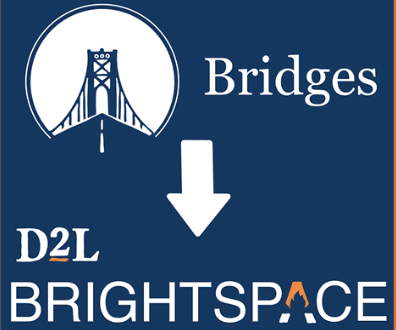Admissions committed to increasing number of enrolling students receiving Pell grants
A trend among colleges and universities in recent years across the country has been trying to increase the number of students enrolled that receive Pell grants. Pell grants are used as a measurement for the number of lower-income students attending universities.
While there is no formal initiative at Roger Williams University, Vice President for Enrollment Management Amy Tiberio said, “RWU Admissions wants to increase the number of students who receive Pell grants because we look at diversity in different aspects, and socio-economic diversity is really important to us.”
Tiberio added, “A lot of students that are eligible for Pell grants tend to be from marginalized populations that have historically been kind of excluded from higher education so it’s really important that we create as much access as possible for those students.”
Several methods have been undergone at admission to increase enrolled students with Pell grants.
Tiberio said admission counselors get assigned to different geographic territories they have expertise in for recruitment efforts and go to college fairs and schools in those areas. Admissions spends a lot of time in lower income areas which Tiberio said includes cities like Fall River, New Bedford and Providence.
Financial aid appointments are also offered as one-on-one Zoom meetings or in-person sit downs with families and walking them through the process. “We offer these meetings in Spanish and Portuguese for families where that might be their first language to try and be as accessible as possible,” said Tiberio.
The university also provides a reduced deposit amount for Pell eligible students because the regular enrollment deposit amount can be a “burden for families that don’t have the [economic] means,” said Tiberio.
The Wall Street Journal reported that while over 125 colleges across the country made a commitment with the American Talent Initiative in 2016 to try and increase the number of lower income students who enroll at high-performing schools by 50,000 by 2025, the numbers have been trending downward in the last two years. The peak was 2018.
Tiberio said according to admissions data, RWU experienced its peak of those enrolled with Pell grants in 2019 at about 23 percent. The year prior in 2018 it was approximately 20 percent.
Then COVID hit in 2020 where the number went down to 21 percent and dropped to a low of 18 percent.
“That was one of the unfortunate consequences of the pandemic,” said Tiberio. “We saw that at Roger Williams and all across higher education that low income students just were not enrolling in college. The pandemic was a huge detriment to the progress that we have been making prior to that.”
This year Pell grant students enrolled has gone up again to 20 percent which Tiberio said has been what the number has been close to the last five or six years.
The way in which Pell grants were implemented was changed slightly for students who enrolled this fall.
Now the amount of institutional grant aid awarded to Pell grant students has increased in an effort to retain students and better support them financially according to Tiberio.
“We took a look at the numbers and projections and we realized that if we provided more aid upfront, then we would be putting students in a position to be able to stay enrolled which is better for everybody in the long run,” said Tiberio.
Originally, Tiberio said, the Pell grant would cover close to 80 percent of average college and university tuition costs when it was first created, but now as tuition has steadily been rising, she said the federal government should step in to counter that and increase the amount of the Pell grant.
Tiberio also stressed the importance of increasing the number of students with Pell grants.
“We really need to be able to give lower income students the opportunity to move up the economic rungs into higher levels of economic ability,” said Tiberio. “A college degree is one of the best ways to do that.”

Jimmy Sadowski is a journalist with experience in print, multimedia, and broadcast journalism. Sadowski’s specialty is news, but can also provide...




